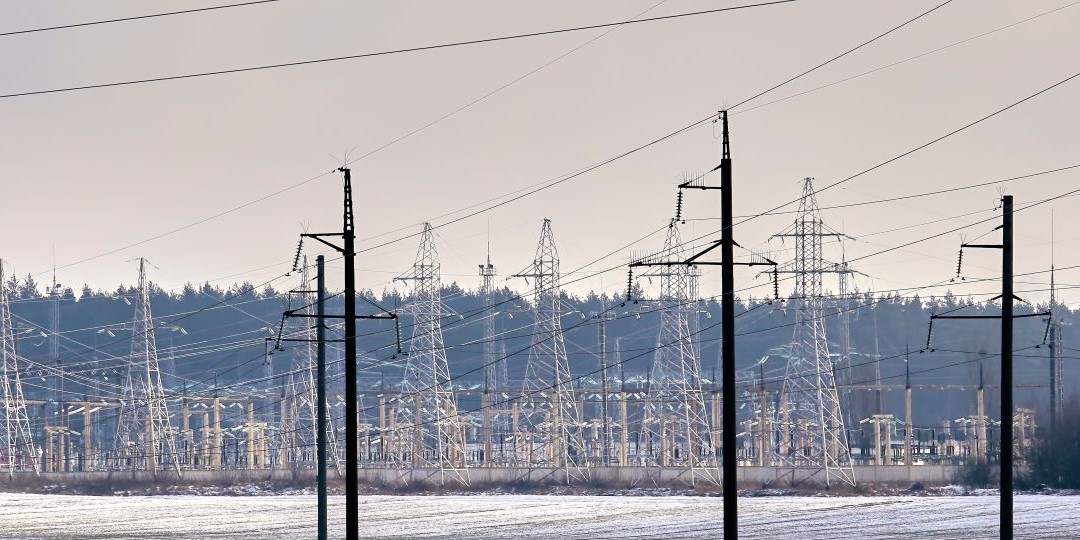By Troy Dahlgren, NERC Reliability Specialist
Cold weather preparations have been a hot topic for regulators around the country. Beginning in 2019, NERC began revising Standards to address cold weather preparedness, intent on avoiding unwanted outages, derates, and failures to start. In February 2021, an extreme cold weather and precipitation event struck the south-central United States resulting in potentially the costliest weather disaster in Texas history.
A generator’s ability to operate during cold weather is typically evaluated as a project is developed and is based on its geographic location. However, when extreme cold weather moves in, the impact to generation increases. As these extreme events have caused significant problems for generators, the attention of regulators across the country has turned to evaluating these preparations and the resilience of the generation assets.
Following the Texas event, NERC completed actions on Project 2019-06 and began Project 2021-07 to enact further changes to EOP-011 and create a new EOP-012 standard. At the same time, the Public Utility Commission of Texas (PUCT) was working on its own regulatory updates to Texas Administrative Code (TAC) Chapter 25 Substantive Rules Applicable to Electric Service Providers Subchapter C. Specifically, the PUCT revised TAC §25.55, which addresses weather emergency preparations. Utilities operating in the Electric Reliability Council of Texas (ERCOT) region had already been submitting annual attestations of winter weather preparedness by December 1st of each year as part of the ERCOT protocols. November 2021 saw the implementation of more stringent reporting for this December 1st deadline. Over the next several weeks, ERCOT performed inspections of many facilities throughout the region for their compliance with the rule and the quality of the preparations.
In March 2022, the PUCT enacted revisions to TAC §25.53. Electric Service Emergency Operations Plans. The common thread between these two sections of the TAC is that they bolstered the requirements for facilities to have procedures in place that address the preparations for and responses to seasonal weather events. However, where they differ is in the scope and breadth of the plans. While NERC Standards EOP-011 and EOP-012 are focused on preparedness and operations through cold weather and “extreme weather conditions”, the PUCT rules address explicitly addresses both summer and winter seasons and the events each may bring.
Much like EOP-011, TAC §25.55 requires that the entity have and implement preparation measures (a preparedness plan) that would allow the facility to continue operation through the emergency event. Both regulations require that personnel are trained on these measures.
TAC §25.53 requires an Emergency Operating Plan with annexes that address a number of potential emergency scenarios including hurricanes, wildfires, and water shortages, as well as operational plans for responding to cold or hot weather emergencies. The Rule states that these operational plans must be distinct from the preparedness plans required under TAC §25.55. These plans should contain clear entry conditions that would initiate an entity’s response. They should also have pre-identified supplies necessary to respond to those particular emergencies. This is a component that ERCOT has identified as commonly missed.
One additional component of the PUCT Rules is that ERCOT must conduct inspections of facilities and provide a report that identifies any deficiencies in compliance. Any deficiencies must be cured within a reasonable period of time. Failure to cure these deficiencies could result in PUCT sanctions.
